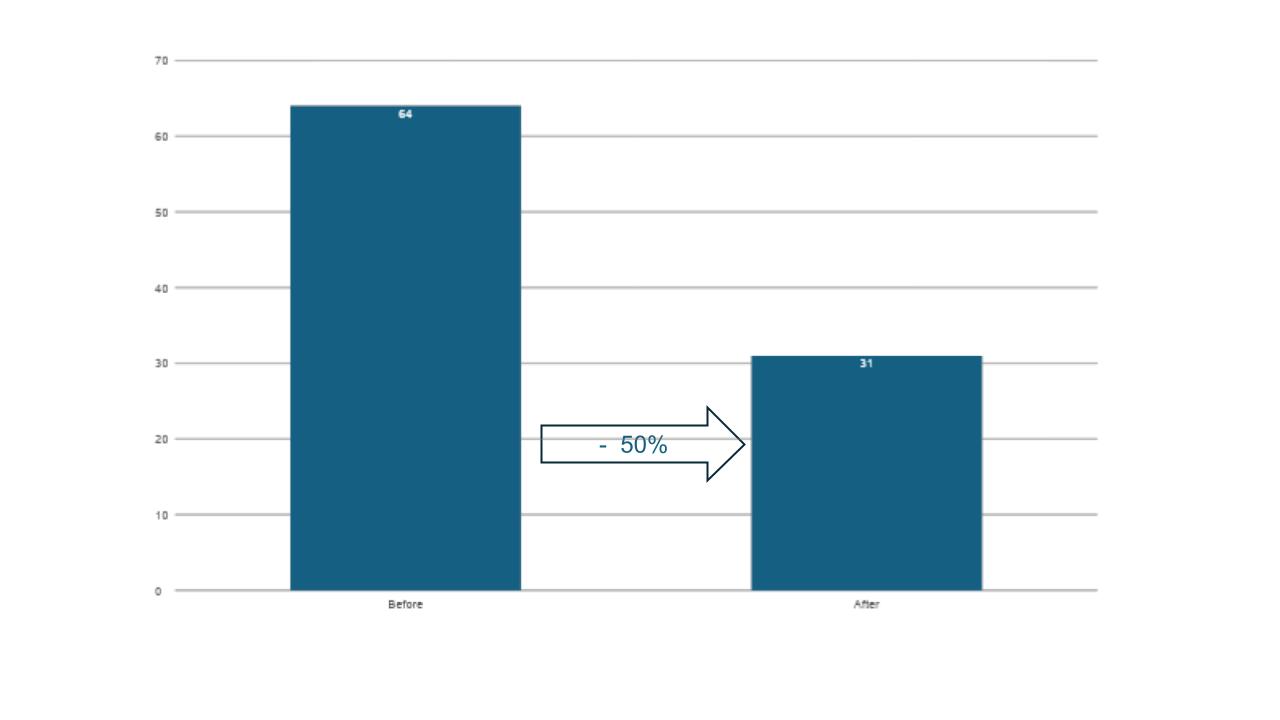It’s a fact that improving the health of your codebase can increase your ability to innovate new features. That’s exactly what happened to one of our customers, just 4 months into deploying our code analysis tooling and consultancy service.
When this mid-sized software vendor made a strategic improvement to their codebase’s maintainability, they tripled their capacity for innovation, without the need to hire new devs. Were we delighted for the customer? Absolutely! Were we surprised it happened? Not really.
Here at BonCode, we’ve always believed that maintainable software gives you the competitive edge. We spoke with our CEO, Jan Willem Klerkx, about why that is and what it means for your business.
What is maintainability in software?
Maintainability is a measure of how easily a codebase can be understood, modified, and extended. It’s not just a matter of cleaning up the code, but it’s also about enabling your developers to move faster with more confidence and fewer bugs. We define maintainability using a composite score built on three core dimensions:
- Volume – how large and complex the modules are
- Code quality – its readability, and the level of technical debt
- Structure – how well the modules work together according to the plan
This definition aligns with international standards such as ISO/IEC 5055:2021 and ISO/IEC 25010:2023, which set the foundation for assessing software quality and maintainability at scale.
The real-world impact of maintainability
After we got to work, it took just 4 months for this particular customer’s maintainability score to increase. That 3% rise was a small improvement, but it moved them from ‘adequate’ to ‘good’ on our internal classification scale.

And here’s the thing. That seemingly small shift had a big effect. “It doesn’t sound like much, but it freed up 4 engineers from firefighting to building new features and other value adding work,” says Jan Willem. “Only a 3% increase in maintainability. That’s all it took.”
Before BonCode:
- 80% of working time was spent on maintenance and bug fixing
- 20% of working time was spent on new features
- 60+ support tickets per month
- 4 months to onboard a new developer
4 months later:
- Feature work rose to 60% of dev time
- Support tickets dropped by 50%
- New developers became productive within 1 month
The team didn’t grow. They simply started working smarter, not harder. “When the CTO refactored the structure, everything clicked,” Jan Willem explains. “Developers could finally see how the system fitted together. They weren’t afraid to make changes anymore. That confidence changed everything.”

The hidden cost of poor structure
This wasn’t just about cleaning up messy code. The key shift was structural. When software is better organized, it’s easier to analyze, easier to trust, and easier to evolve. Developers stop second-guessing themselves and start creating.

That’s when innovation happens. “It’s like going from working in the dark to working with the lights on,” Jan Willem adds. “The team didn’t just get faster, they got happier, too.”
Want to see what’s possible?
At BonCode, we help companies take measurable steps toward healthier codebases and the business outcomes that follow. If you’re wondering what a 3% gain could mean for your team, we’d love to talk.
Let’s discuss how we can enable innovation in your development team. Book a free discovery call with us today.




